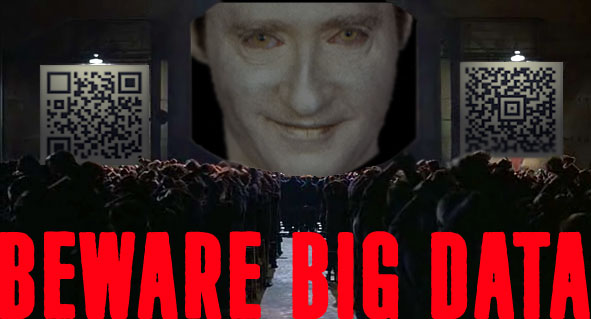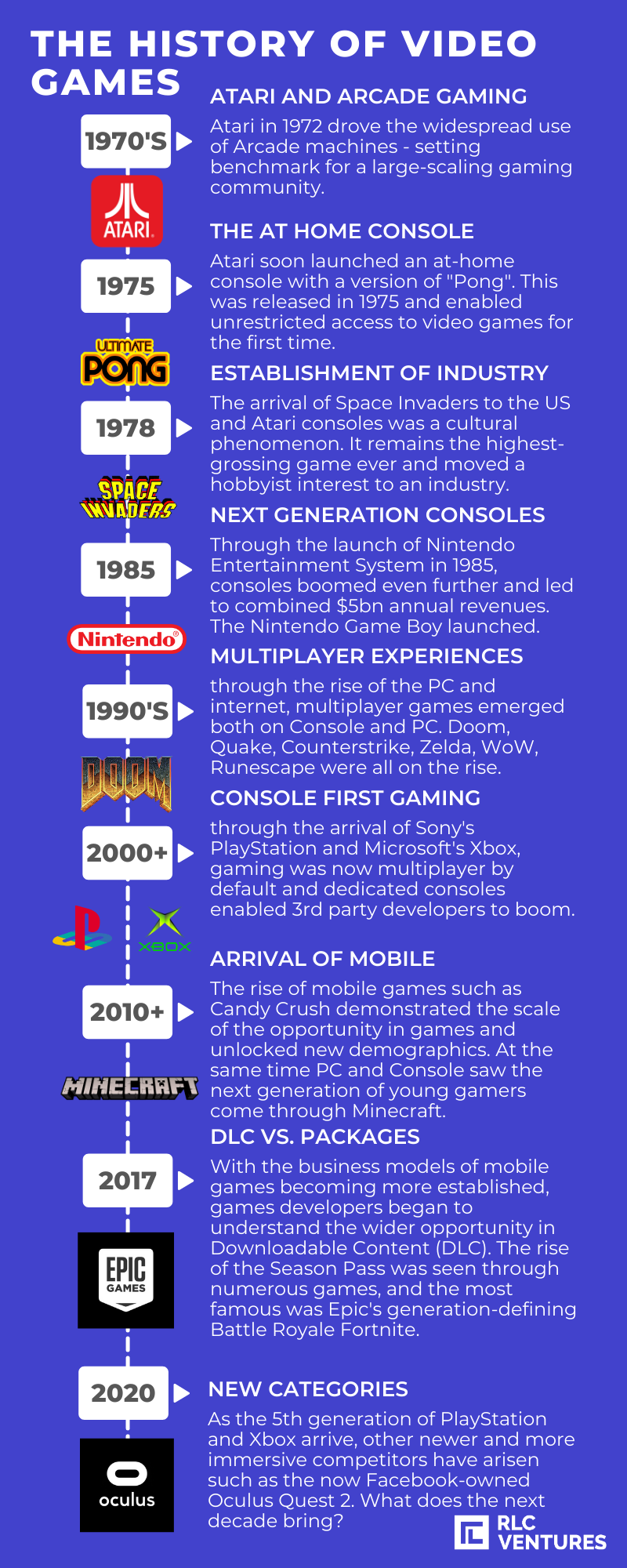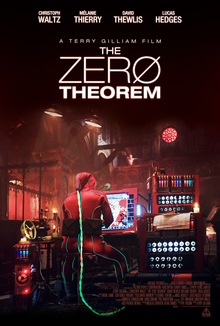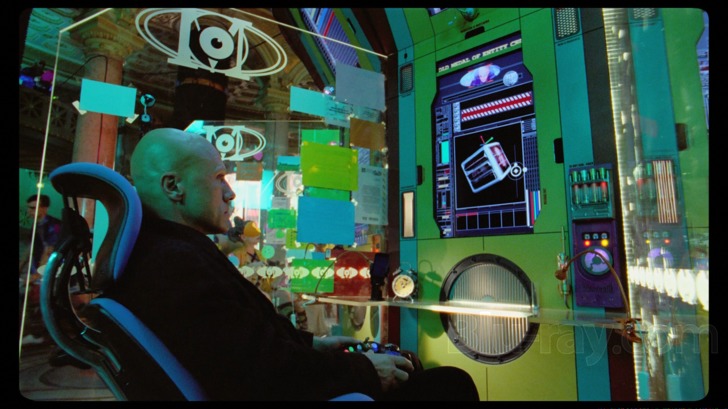

Capt. Wardrobe - December 2021

MIT professor Steve Russell built 'Spacewar!' in 1962 on a giant University computer. This advancement was significant to the early history of video games as it became prevalent within the small programming community in the 1960s. The public domain code was widely shared and recreated across other computer systems at the time.
We will also, stay old school in many ways and see individuals continued to be pitted against AI systems - Computer Chess has evolved from shooting alien blobs (my favourites are Galaxian & Centipede), into running through a maze of levels while acheiving goals to unlock rewards - built to look like an environment (from early Doom to another fave of mine Road rash 64 - evolving into intricate Sandbox environments of the Grand Theft Auto / Call of Duty series) as a first person arena. There is no doublt that Minecraft, developed as a seemingly inevitable 3d virtual evolution from 'lego'; has been a major player in the development of the "3d realm", incorporating building, mining and tool aquisition as a bartering & competition based experience. Many Players design their own avatars & challenges/games within Minecraft and hold competitions with designs ranging from virtual places based on real cities & huge abstract & intricate spaces built by users from the block based design perameters.
|

|
|
whoops how did this picture get here
|
We may see a puzzles, ranging in difficulty being utilised; for those who prefer to help maintain the running of a system or helping to crack blocks on a chain, for instance...as a kind of slave drone to a dystopian over-reachng technofascist system
|
whoops
|
|
|
 |
At some point in the future, Qohen Leth, an eccentric and reclusive programmer who refers to himself in the plural, works crunching "entities" for the ontological research division of a large company called Mancom. He does not like having to leave the quiet, fire-damaged church in which he lives to travel the bright, crowded streets and work in a noisy office and fears missing a mysterious phone call he has been expecting for years, so he requests disability leave or permission to work from home. Though he points to the fact that all of his hair has fallen out as evidence he is dying, three company doctors determine he is physically healthy, but they do require he start sessions with Dr. Shrink-Rom, an AI therapist.
Qohen attends a party thrown by his supervisor, Joby, so he can talk to Management, their boss. He requests permission to work from home, saying he would be more productive and mentioning his call, which he says he hopes will provide his life with a purpose. Management at first calls Qohen "insane", but later says he has a special project for Qohen that he thinks might prove mutually beneficial.
The project is the "Zero Theorem", an extremely complex mathematical formula with a reputation for quickly exhausting anyone who tries to solve it. Qohen spends months locked in his home working on it and becomes increasingly deranged, as the "entities refuse to remain crunched" and Mancom's demands for processed data are relentless. In frustration, he smashes his work station with a hammer.
|
 |
 |
 |
|
The question remains - In the Metaverse, will such players be made aware they are doing this kind of activity? This raises a spectre I previously examined here, in my 2006 piece First Person Shooter as Global Psywar
Namely, will exceptional players in the virtual, be picked & utilised via "Haptics" to control industrial machinery in the real world?
|
|
Now; How about remote battles via drone warfare?
Or - helping a Smart surveillance Bio-security-state track the |
|
Games and players have been used to crack real world problems in molecular physics.
Nano biology; using gaming to enable "molecular tracking" in Smart Cities
Skin in the haptic VR Wellness game?
|